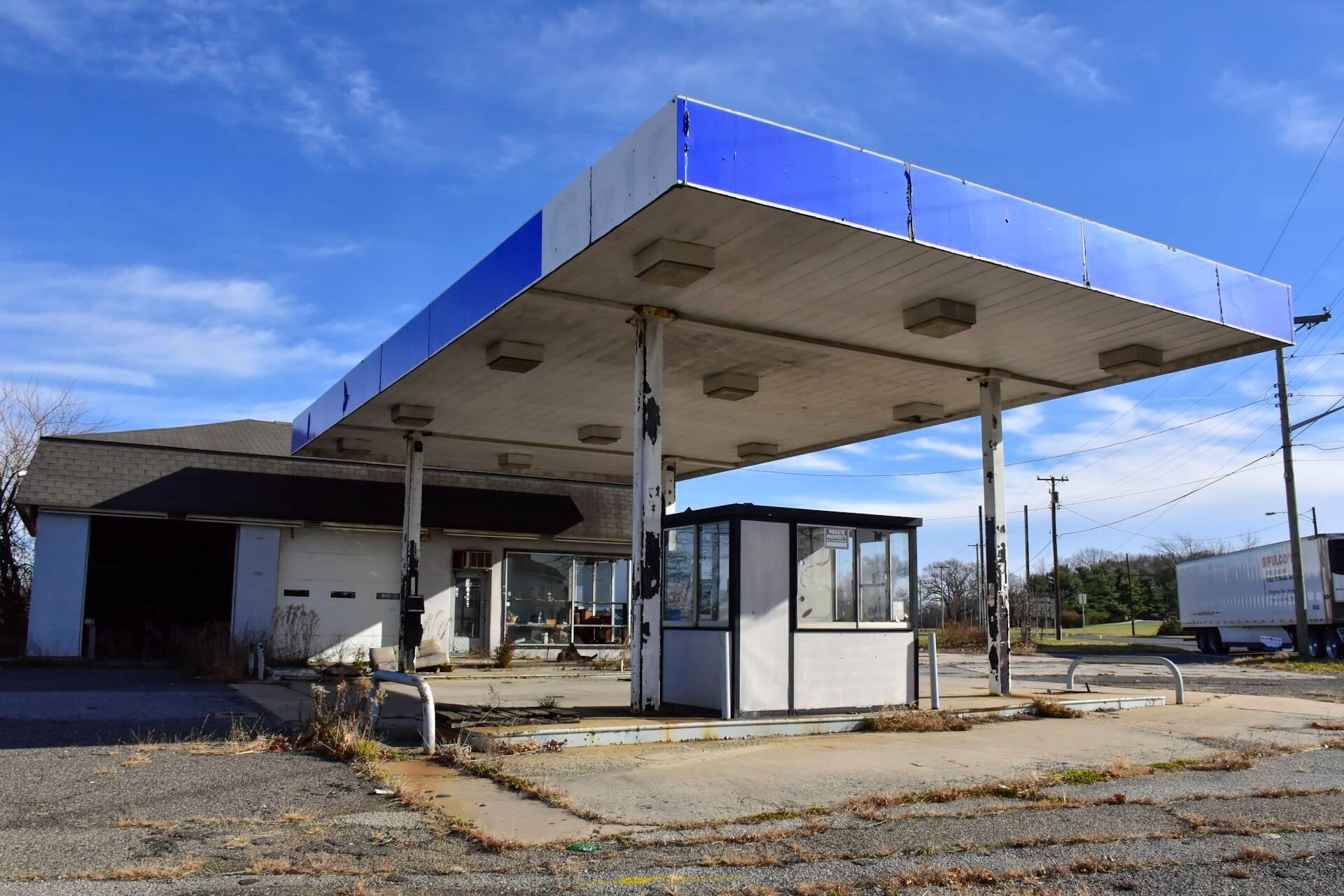Creative Conversion: Adaptive Reuse Architecture
by David Klemt

Just taking a quick glance, I see covered outdoor seating, a cool front desk, and roll-up doors for an indoor-outside space.
There are several benefits to reusing an existing space and converting it into a bar or restaurant, including sustainability, and reenergizing a community.
This approach to design is called “adaptive reuse architecture.” A design layperson would likely call it “repurposing.”
As the term implies, this design methodology focuses on using an existing building in a new, modern way. It’s a beneficial approach to design and architecture in large part because new construction is so resource heavy.
Proponents of adaptive reuse architecture point to a given project’s lower carbon footprint, energy conservation, sustainability, and lower construction costs. However, there’s more to it than just reduced costs (attractive to owners and investors) and lower impact on the environment.
There are buildings that lie dormant across the US, Canada, and other countries that hold special places in communities’ hearts. Revitalizing these spaces can do wonders for lifting people’s spirits, preserving heritage while developing culture and community in a new way.
Finally, in my eyes, it’s honorable to allow a space to once again serve the community, albeit in a different way. A space that once provided a crucial service to an area—employment, resources, a communal space, shelter—can now serve as a place to nourish the body and mind through food, drink, and social interaction.
When considering a site (which should also be accompanied by a feasibility study), operators should look at locations that can help them do what neighborhood restaurants and bars have historically done best: serve as cornerstones for their communities.
Vinsetta Garage
One of the most popular approaches to reusing spaces for restaurants is repurposing service stations.
Maybe its American nostalgia, maybe it’s America’s love for the open road. Or, maybe it’s that there are so many service stations in disrepair throughout the country.
Of course, when considering a former gas station, service station, or automotive repair shop, one must consider the costs of making the space food- and people-safe. After all, oil, fuel, and other harmful substances were present in significant amounts over the years. That said, abatement is absolutely feasible as long as a realistic budget is in place.
At any rate, one great example of service station reuse is Vinsetta Garage. This concept in particular keeps a landmark alive: the restaurant lives inside the oldest garage east of the Mississippi. The garage survived for more than 90 years before closing its doors.
Of particular note is the team behind Vinsetta Garage, Union Joints. Reuse appears to be Union Joints’ raison d’être. Along with this garage, the group has reused a fire hall, a church, and a lumber mill. They’ve even repurposed a Hooters. (We can argue whether second- or third-generation restaurant spaces are adaptive reuse some other time.)
To my knowledge, Union Joints has never repeated a concept, owing greatly to their dedication to giving landmark buildings new life.
View this post on Instagram
The Jane
What a transformation this space has undergone.
Once a military hospital chapel, The Jane counts among its accolades two Michelin Stars, multiple appearances on the World’s 50 Best Restaurants list, and was described as the world’s most beautiful restaurant at the 2015 Restaurants & Bar Design Awards.
The kitchen resides where the altar once stood, and themes of good and evil, and life and death, can be found throughout the space. This is truly a high-concept reuse of a space.
View this post on Instagram
When people consider adaptive reuse, many likely think of repurposing factories.
They’re normally large, and often feature impressive floor-to-ceiling heights. And, unfortunately, they can be found abandoned or otherwise unused all over many countries.
Reusing such a space can revitalize an area, removing an eyesore from a community and making it functional once again. An upscale example of a reused and reimagined factory is
For nearly 100 years, the factory produced rail cars. The industrial space, with 28-foot-high ceilings, ceased production in 1992. Its doors were reopened by Chef Marc-André Jetté as a 70-seat restaurant in 2015.
View this post on Instagram
HopSin Brewpub
This space is part of the Mag8 Craft Beer brewery in Colares, Portugal.
Formerly a tram station and post office, the building also houses HopSin, a brewpub.
As you can see in the post below, the flat roof of the building provides a fantastic outdoor area. Interestingly and conveniently, the tram that currently travels to Sintra stops right in front of HopSin.
View this post on Instagram
Trinity Place
Located in New York City, Trinity Place reuses a bank vault. However, it’s not just any bank vault.
Diners have the opportunity to grab a bite and drink in a vault tied to industrialist and philanthropist Andrew Carnegie.
In partnership with New York Realty Bank, Carnegie commissioned the bank vault at the turn of the 20th century. And 120 years ago, it was said to be “the largest and strongest bank vault in the world.” It was so big that the building, the Trinity and US Realty Building, was built around and atop the vault in 1907.
Other than restoring it to use as an actual bank vault, what could one really do with this space? Well, two creative restaurateurs, Katie Connolly and Jason O’Brian restored the vault…and turned it into a bar and restaurant—complete with a 40-foot mahogany bar—in 2006.
View this post on Instagram
The Ordinary
Speaking of bank vaults, there’s a kitchen behind bank vault doors inside The Ordinary.
The team behind FIG, a James Beard Award-winning restaurant operating in Charleston, South Carolina. Also in Charleston, The Ordinary reuses a bank space.
The bank itself has quite a history. Interestingly, considering the focus of this article, the former bank stands on ground that was once a factory. However, that building was not reused; it was torn down to make way for Peoples-First National Bank, which opened for business in 1928.
Looking at that year, some of you may know what happened next. The Great Depression descended upon the world, and Peoples-First survived as best it could until closing its doors in 1933. Occupied for a time by a bakery, the building became Citizens & Southern National Bank in the 1940s, and operated as such for nearly 50 years.
Citizens & Southern National Bank became NationsBank at the start of the Nineties. Then, just before the turn of the century, the space transformed into a Bank of America branch. The bank closed in 2006.
In 2006, FIG’s owners bought the bank, reusing the space as best they could to reimagine and reopen it as a restaurant. The vault was, unfortunately, removed, but other elements of the former bank remain.
View this post on Instagram
Image: Jason Mitrione on Unsplash

